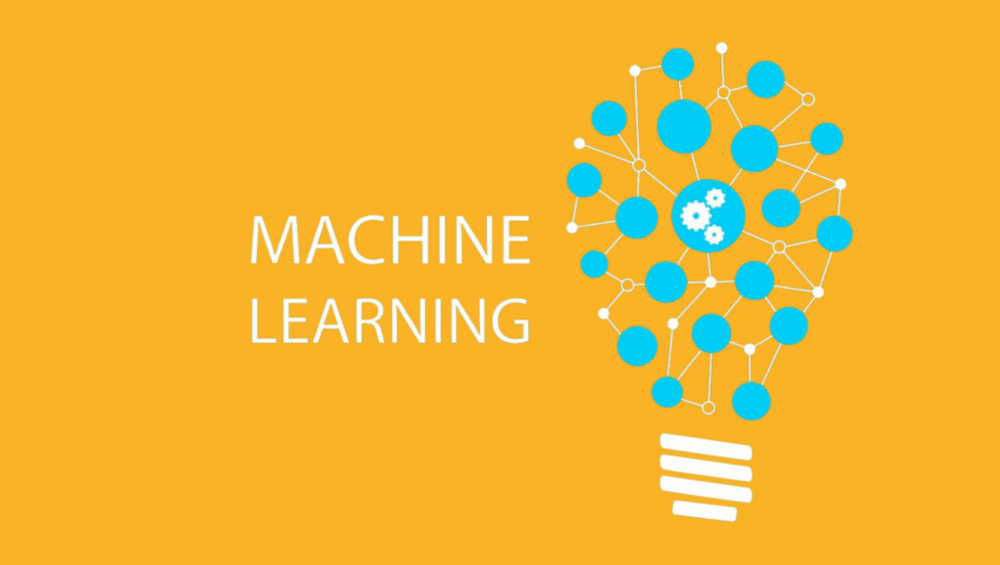Content
What are Machine learning and its types?
What do machine learning applications entail?
The following examples demonstrate machine learning.
The difference between artificial intelligence and machine learning.
In Python what role does machine learning play?
Role of machine learning in robotics automation.
The role of machine learning in blockchain technology.
The role does machine learning in 3D technology?
How to use machine learning in everyday life.
How to use machine learning in business?
With the use of machine learning (ML), which is a form of artificial intelligence (AI), software programmes can predict outcomes more accurately without having to be explicitly instructed to do so. To forecast new output values, machine learning algorithms use historical data as input.
Types of Education
Given that “learning” is the main focus of the discipline of machine learning, there are numerous sorts that a practitioner can run into. Some forms of learning, such as “supervised learning,” define entire subfields of study made up of numerous different kinds of algorithms. Others talk about effective methods you can apply to your tasks, such as “transfer learning.”
Three varieties of machine learning
To teach a machine to learn and make predictions, detect patterns, or classify data, a lot of data must be presented to it. The type of machine learning is determined by the algorithm, which functions somewhat differently. supervised, unsupervised, and reinforcement learning are the three different types of machine learning.
1. Supervised learning
2. Unsupervised learning
3. Reinforcement learning
1. Supervised learning
According to Gartner, a business consulting firm supervised learning will continue to be the most popular machine learning technique among enterprise IT professionals in 2022. This kind of machine learning feeds historical input and output data into machine learning algorithms, with processing added in between each input/output pair to enable the system to change the model and provide outputs that are as similar to the intended outcome as feasible. Neural networks, decision trees, linear regression, and support vector machines are typical supervised learning techniques.
The reason this type of machine learning is called “supervised” learning is that you feed the algorithm information to aid in learning while it is being “supervised.” The remainder of the information you supply is used as input features, and the output you give the system is labelled data.
Several commercial goals, such as sales forecasting, inventory optimization, and fraud detection, can be accomplished by supervised learning. Use cases include, for instance:
Estimating the price of real estate
Determining the degree of fraud in bank transactions
Identifying illness risk elements
Assessing the riskiness of potential borrowers for loans
Predicting the failure of mechanical components in industrial equipment
Unsupervised learning
Unsupervised learning doesn’t employ the same labelled training sets and data as supervised learning, which requires humans to assist the machine in learning. Instead, the machine scans the data for less evident patterns. When you need to find patterns and use data to make judgments, this type of machine learning is particularly useful. Hidden Markov models, k-means, hierarchical clustering, and Gaussian mixture models are typical unsupervised learning algorithms.
Let’s imagine, using the supervised learning scenario, you had no idea which clients had defaulted on their debts or not. Instead, after receiving borrower data, the machine would analyse the data to identify patterns among the borrowers before clustering them into different groups.
Several instances of use cases include:
Grouping customers based on their buying habits
Grouping inventories based on manufacturing and/or revenue metrics
Identifying relationships in customer data (for example, customers who buy a specific style of handbag might be interested in a specific style of shoe)
3. Reinforcement learning
The machine learning method that most closely resembles how people learn is reinforcement learning. By interacting with its environment and receiving rewards, either good or negative, the algorithm or agent being employed learns. Deep adversarial networks, Q-learning, and temporal differences are examples of common algorithms.
Recalling the bank loan client example, you may examine customer data using a reinforcement learning system. The algorithm receives a benefit if it labels them as high-risk and they go into default. They receive a negative reward from the algorithm if they don’t default. By improving its understanding of the issue and its surroundings, both examples ultimately aid machine learning.
This kind of machine learning is still being used in actual applications. Examples of certain uses are as follows:
Teaching vehicles how to park and drive themselves
Adjusting traffic lights dynamically to ease congestion
Using unprocessed video as input to teach robots how to follow rules so they can copy the behaviours they observe. (Machine learning)






